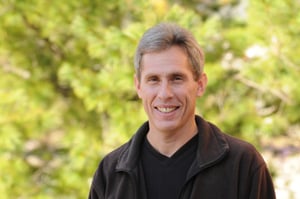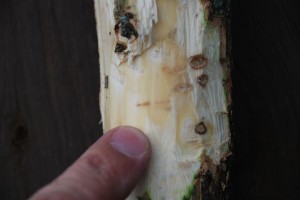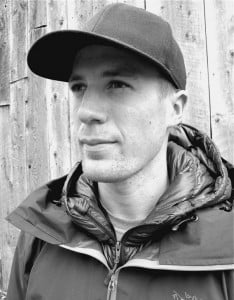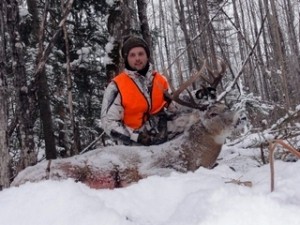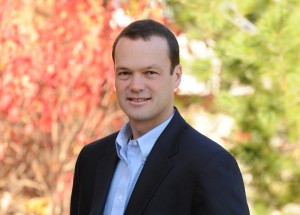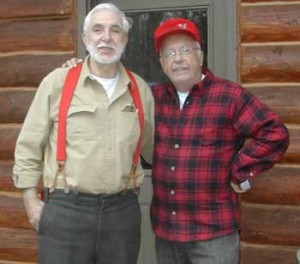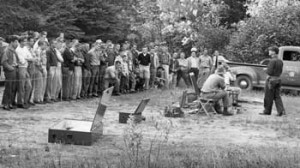It is a new semester, and the FRES bowling teams are looking for new “bodies” to replace bowlers that graduated, and help the rest of us worn down by overwork and too much studying!
We have two mixed (men and women) teams bowling at the Mine Shaft on Thursday evenings starting at 7:00 p.m.
There really aren’t any “regular” team members. Team members that bowl one week decide if they want to bowl the next week. If they don’t or can’t, we get a replacement from our team sub list. So you can bowl whenever you want.
The cost is $12 whenever you bowl. FRES bowling is for FUN and to have a good time! Looking at the current team members, it is obvious that bowling ability is NOT required.
For more information on joining these “finely-tuned” athletes, contact Chaz Perry, David Kossak, Lindsey Shartell, Jim Rivard, Mike Hyslop, or Marty Jurgensen.
